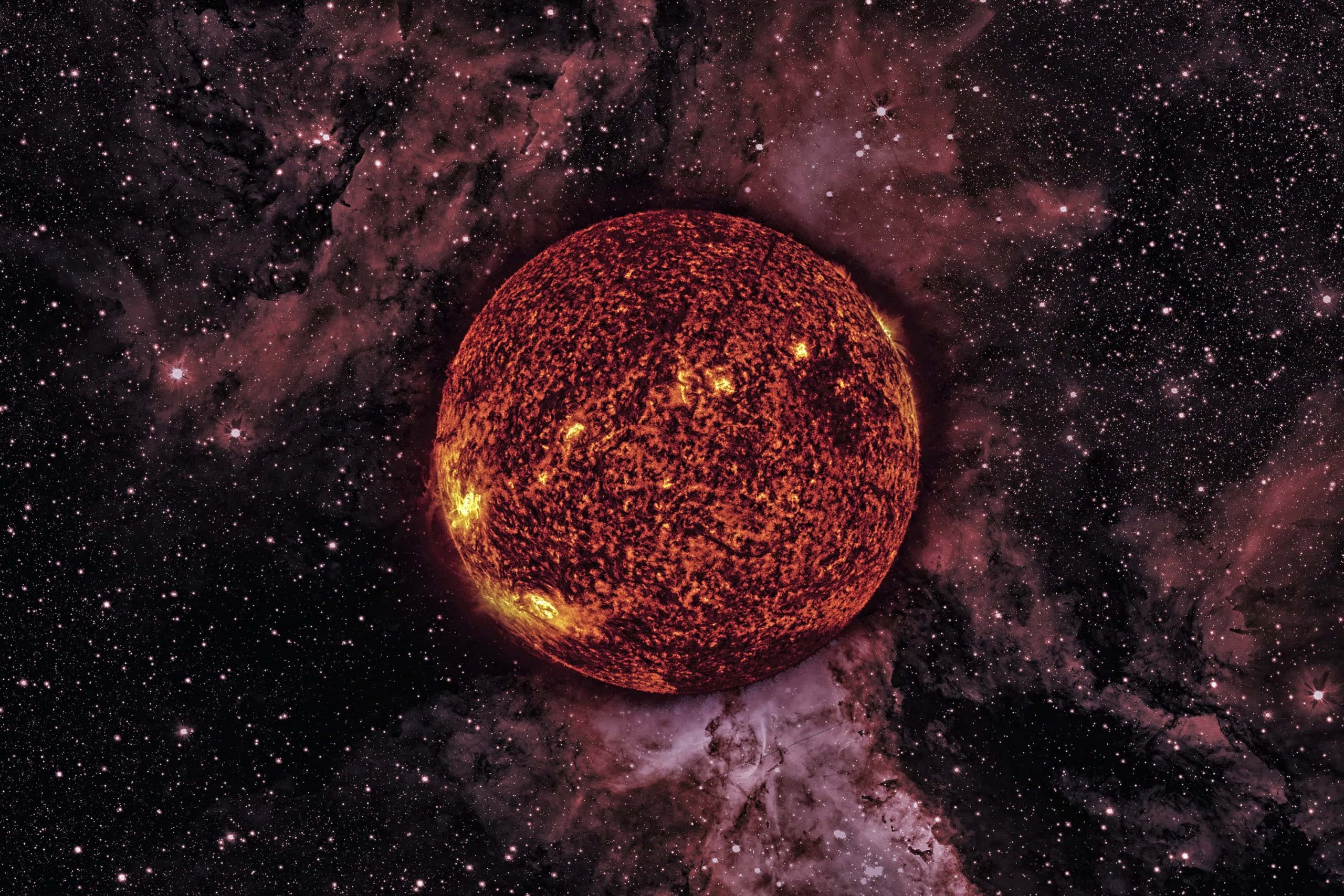A recent article published on a pre-print server. OSF Primary PublicationsBlending science and science fiction, it proposes the idea that life could emerge inside stars. Although largely speculative, it offers an interesting way to think about life and the habitability of the universe.
According to the researchers, “If we accept that life is simply self-replication with mutations leading to increased complexity through natural selection, then any system capable of these processes can be considered a form of life.” They propose three minimum conditions for life:
- The ability to encrypt information.
- The ability of information carriers to self-replicate faster than they can decay.
- Having enough free energy to create order out of chaos, reducing entropy through self-reproduction.
With this definition, the team suggests that life could arise inside main sequence stars, like the Sun, and in terrestrial organisms, the information is encoded in DNA. In stars, they suggest, it could be passed through “superconducting strings,” which carry electric currents and generate magnetic fields, becoming “frozen” in the stellar plasma.
Superconducting Strings of Life Inside Stars
Cosmic strings, first proposed in the 1970s by theoretical physicist Tom W. B. Kibble, are one-dimensional and incredibly narrow. Although we have never detected such strings, they may exist in the universe. If a string is captured by a star, or if it is inside one during its formation, it could initiate life-like processes.
Magnetic monopoles, hypothetical particles with a single magnetic charge, can form along these strings, similar to the structure of DNA. These monopoles can create configurations complex enough to carry and transmit information, self-replicate and evolve throughout the life of the star.

Read more:
The team suggests that the binary star system EPIC 249706694 (HD 139139), known as a “random transit,” could be a candidate for harboring this “nuclear life.” Observations have shown dips in the system’s light, suggesting that planets may transit at random intervals. However, these anomalies have yet to be fully explained.
“Ascribing the star’s brightness anomalies to nuclear life would be a stretch,” the researchers explain. “We just wanted to confirm that these unexplained anomalies exist. Perhaps the answer to Fermi’s question, ‘Where is everybody?’ can be found in the least expected places.”

“Hardcore beer fanatic. Falls down a lot. Professional coffee fan. Music ninja.”







More Stories
Are you addicted to memes? Understand how “Brainrot” can steal your attention and harm your life.
Scientists pave the way for the emergence of a new element in the periodic table | World and Science
Science Backs Yoga’s Benefits for Women Who Want to Live Longer